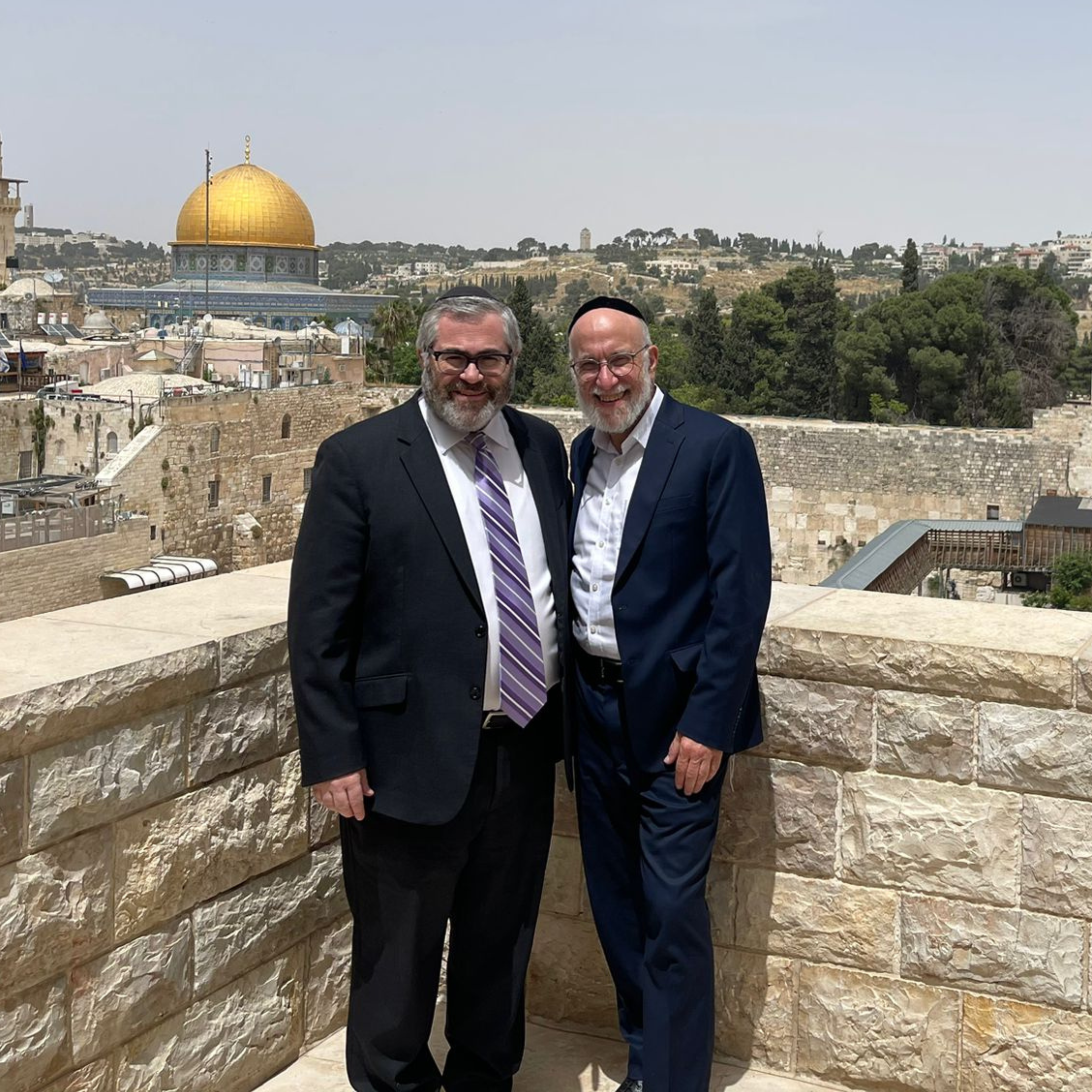Imagine attending a wedding where the chuppah is decorated with beautiful flowers, and lovely music is playing as the chasan and kallah walk down the aisle. The tables are elegant and the food is delectable. But when the wedding is finally over, something strange occurs: The chasan and kallah go back to their previous homes!
Really!!?? Why their previous homes? What happened? This scenario is actually an analogy to what happens on Sukkos.
Rabbi Simcha Bunim Alter says that the Yom Tov of Sukkos is like a wedding, where Bnei Yisrael marry Hashem. The sukkah is our chuppah. People think the purpose of Sukkos is to move into the sukkah, as the Torah says, “You shall dwell in a sukkah for seven days.” However, the Sfas Emes says that the ultimate purpose of Sukkos is for us to return to our homes after Sukkos and live inside our comfortable homes, now filled with the lessons we learned from sitting outdoors inside the simple sukkah. And what is the main lesson we learned? It’s that Hashem is always watching over us and taking care of us.
Immediately following Sukkos is the Yom Tov of Shemini Atzeres/Simchas Torah. Rabbi Simcha Bunim Alter extends the wedding analogy to Shemini Atzeres, by comparing it to the yichud room after the chuppah. We are then in private time with Hashem.
People relate to Simchas Torah in different ways. One year, someone told me that dancing on Simchas Torah is not for him. “I am a Simchas Torah scrooge. Yeshiva for me was many years ago. Dancing … that’s for yeshiva bochurim.” Not true! Involvement with Torah, including dancing in celebration of Torah, is for every Jew!
Not surprisingly, people who spend most of their day learning Torah feel more connected to the simcha of Torah. But in Modeh Ani each morning, some siddurim add, “Torah tziva lanu Moshe; morasha kehillas Yaakov, Moshe taught us the Torah; it is an inheritance for the nation of Yaakov.”
The Chiddushei HaRim once was watching two people dancing spiritedly on Simchas Torah. He pointed out to someone the one he said would tire first. Sure enough, that’s what happened! It seemed like a prophecy. “How did the rebbe know?” The rebbe, who knew his students well, responded, “The person to whom I pointed is dancing from the joy of his great accomplishments this past year, which are finite, but the other person is dancing for what he can accomplish in the coming year, which has no bounds.”
What we can accomplish this coming year is an open opportunity—it’s limitless. Indeed, when we dance on Simchas Torah we are dancing for the future. Simchas Torah is defined by the joy we feel for the Torah. Many commentators, including the Vilna Gaon, the Sfas Emes and Rav Yoshe Ber Soloveitchik, explain that the word “simcha” is used to express excitement when starting a new project, as opposed to the word “sason,” which is used to express happiness upon finishing a project. This is evident in the pasuk, “Semach Zevulun betzeisecha, Zevulun, be excited when embarking on a new voyage.” Happiness when setting out on a journey is also reflected in the pasuk in Yeshayah, “Ki vesimcha seitzeiu, with joy you shall go out.”
Thus, the use of the word simcha in the name Simchas Torah indicates that we’re not dancing for what we accomplished, but rather for the new opportunities in learning Torah that lay ahead! That’s why we start the Torah with Bereishis on Simchas Torah, and why at a siyum, after reciting the hadran, we immediately start the next masechta. The simcha is the next masechta that we are starting.
Regarding “sason,” the Vilna Gaon points to another pasuk in Yeshayah, where it says, “…sason vesimcha yasigu…,” which he interprets to mean that joy over past accomplishments (sason) will provide encouragement to start a new initiative (simcha). Starting anew is important. So is celebrating our success, even if we stumble a bit at times.
Each of us has an opportunity this year to accomplish something further in our commitment to learning Torah and keeping its laws. This should drive our excitement and joy in celebrating Simchas Torah, which expresses our enthusiasm for the new limitless opportunities in this coming year. The Torah is the medium for our marriage with Hashem, as we move back into our homes after Sukkos and start as a newly married couple with Hashem.
In closing, I sincerely invite anyone who wants to take on a learning opportunity to join a shiur, or a chabura, at our yeshiva. We will match you with a chavrusa! Call me anytime at Yeshiva Ner Boruch, Passaic Torah Institute.
Rabbi Baruch Bodenheim is the associate rosh yeshiva of Passaic Torah Institute (PTI)/Yeshiva Ner Boruch. Rabbi Bodenheim can be reached at rbbodie@gmail.com. For more info about PTI and its Torah classes, visit www.pti.shulcloud.com











